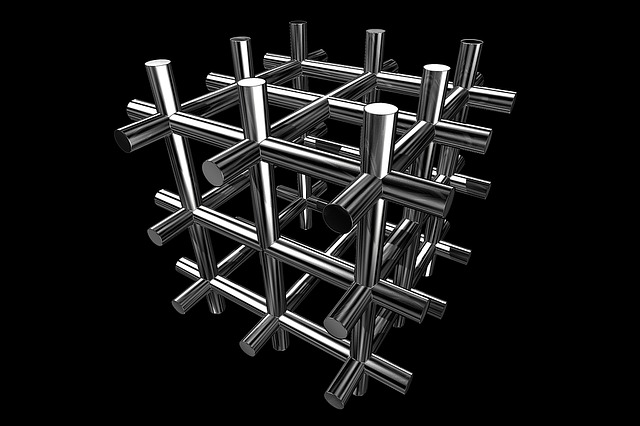
It’s been over 80 years since the idea of metallic hydrogen was first theorized.
It’s not that changing hydrogen into a different state isn’t possible, because it is – by cooling it to -253 degrees Celsius, it can be turned into liquid. The challenge, however, lies in changing hydrogen into a solid metallic state because of the extreme pressure required to do it.
Hypothetically, metallic hydrogen can revolutionize industries like electronics, magnetics and transportation; help reduce the world’s energy problems; and usher in a brand new age of interstellar exploration. Because it can be used as a superconductor at room temperature, it could make electricity distribution more efficient – no more wasted energy caused by resistance in power lines. And since metallic hydrogen is created under extreme pressure, once it is converted back to its original state, all that pressure will be released, making it the most powerful propellant ever produced, one that can make space travel that much faster.
Many have been attempting to metallize hydrogen. None have been successful so far. Until now.
Based on a recent research published in the journal Science, two physicists from Harvard University might finally have done what has been impossible until now — transform hydrogen into metallic hydrogen.
To make the transformation happen, Isaac Silvera together with colleague Ranga Dias super-squeezed a sample of tiny hydrogen at over 71.7 million pounds per square inch — pressure that’s never been produced before, and even greater than the pressure that exists at the Earth’s center. This tremendous force was created by mounting specially treated synthetic diamonds opposite each other in a device called diamond anvil cell.
After subjecting their hydrogen sample to intense pressure from their diamond anvil cell, it turned from clear, to dark, to shiny. This is the sign that hydrogen had turned metallic.
As Silvera said in a statement they issued, “This is the holy grail of high-pressure physics. It’s the first-ever sample of metallic hydrogen on Earth, so when you’re looking at it, you’re looking at something that’s never existed before.”
What differentiated this procedure from previous experiments done by other scientists was the special process used by Silvera — shaping and polishing the diamonds to a virtually flawless state, removing any imperfection that might cause them to crack under extreme pressure. Diamond is already the hardest material on the planet, and with the extra strengthening done (via polishing), it became possible to expose the synthetic diamonds to intense pressure without breaking.
It’s an astonishing feat, but many are skeptical about the results. For one, the scientists did not repeat the experiments to make sure it wasn’t just a fluke. After their first try, they immediately decided to publish. Plus, they simply concluded that because the hydrogen turned shiny, it was metallic. They did not even consider testing if it was capable of conducting electricity. And, they also didn’t think to consider that the shininess might be something else like aluminum oxide which is known to coat diamonds and become shiny under pressure.
Right now, the supposed metallic hydrogen substance is still sitting in the diamond anvil where it was created. Because previous studies have shown that metallic hydrogen can survive even at normal pressures and temperatures, the substance should be able to retain its metallic state when pressure is removed. And eventually, they would have to remove the pressure and take the substance out for further testing.
Until then, we can all stay excited at this possible breakthrough and hope that it’s the real thing.
Disclaimer: This page contains affiliate links. If you choose to make a purchase after clicking a link, we may receive a commission at no additional cost to you. Thank you for your support!

Leave a Reply